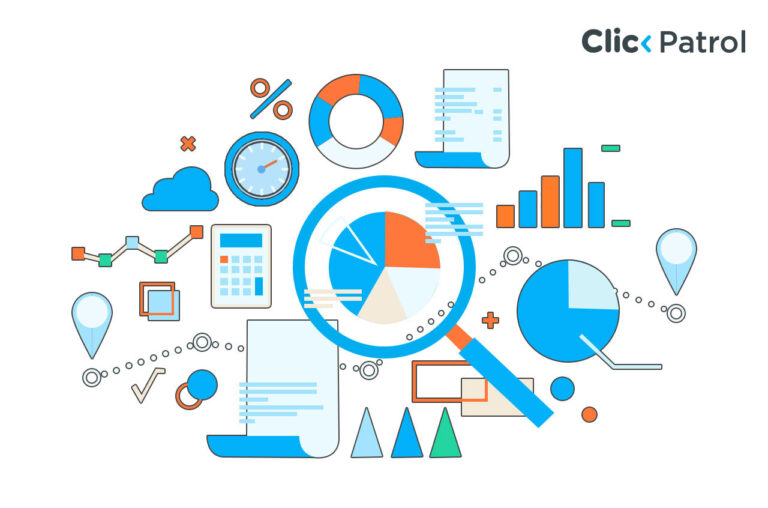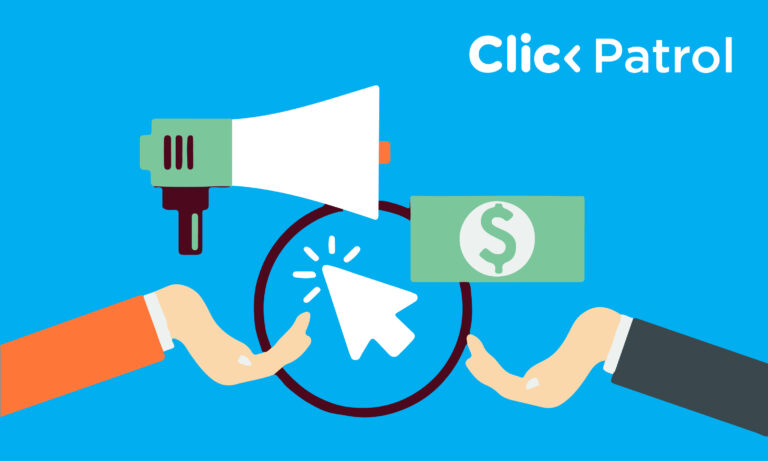
How To Clean Up The Data on Your PPC Campaign Platforms
Abisola Tanzako | Jul 26, 2023

Do you have a love-hate relationship with household cleaning? You love it because you will finally get a clean space but hate it because, yeah, it is cleaning, and it is a chore.
Table of Contents
You may feel the same way, merely entertaining the idea of cleaning the data on your PPC campaign platforms. However, after a long season of paid ad payments, you must clean up your campaign data with great intent.
If you do this, you may realize the increased clutter on your account.
This article will discuss five essential ways to clean up your Google ads account and focus on what matters. Grab your cleaning tools, and let us run through the five easy ways to clean your Google account.
How to clean your PPC campaign Platform (Google ads)
Here are five easy steps to get the most accurate data from your Google ads.
Remove low search volume keywords
The first way to clean up your ad account on Google is to attack the LSV (low search volume) keywords. Google marks any keyword with little or no search as having ‘low search volume’ until that keyword’s search volume increases.
These keywords can sit pretty in your account, taking up space and hindering filtering and optimization decisions. Your ad account will function optimally when it is managed in such a manner that you can accurately and quickly identify optimization opportunities.
Cleaning action
Here is how you go about cleaning:
- Put filters for low search views (LSV)
- View as far back as 12 to 18 months. Note that you should avoid getting rid of seasonal keywords.
- Look out for low and zero impressions
- Put a pause on all low search volumes that enter your filter
Remove low-impression keywords
Another step to take is to focus on low-impression keywords, that is, keywords that have little or no impression volume. We have people hold on to these keywords with low impressions because they believe someday these keywords may, in fact, turn out to be converting (revenue) traffic. Sadly, the truth is that they won’t. If they have not converted for you before, why should they now?
It is time to sweep out these keywords to focus on the ones working. When going for low-impression keywords, you must ensure you don’t over-exclude those not showing for different reasons. Before you apply a filter, you have to check for the following:
- Is the bid for these keywords too low? Or do they need to be boosted to get more impressions?
- Are there other ads running in the group the ad belongs to? Are the keywords live, limited in reach, or/ and disapproved?
Cleaning action
Here is how you go about the cleaning;
- Every keyword with less than 50 impressions in the last 18 months should be filtered. Ensure the filters go beyond one year to avoid getting rid of seasonal keywords.
- Select a new filter, ‘keywords under first-page bid’.
- Raise bids to about 15 percent higher than the first-page bid and allow the keyword to run for a few weeks.
- Put a pause on all low/ no impression keywords if you don’t want it to go live.
Remove no impression ad groups
Another way to clean up your Google ads is by cleaning your Ad groups. Some Ad groups are purposeless and take up space -those without a single impression. Look out for these safety checklists before cleaning out your Ad groups.
- Why is the Ad group paused? Is it because the ads are not running? Should that be the case? Then go ahead and re-enable ads that were enabled previously and performed successfully.
- Is the ad group paused because there is no targeting? Should there be? Or are they just paused because they are all LSV keywords?
- Was this ad group newly added and needs more time to ensure traffic?
Cleaning action
Here is how you go about cleaning;
Once you have done your due diligence and answered the above questions, as usual, start from at least 12 months to 18 months (you can go longer to avoid getting rid of seasonal ad groups) and filter by the following.
- All enabled ad groups.
- All enabled campaigns
- Paused ad group in view
- Zero impressions for your timeframe
- Ensure to double the running ad group to avoid accidentally pausing something important.
Get rid of low-volume, high-work campaigns.
Going through this next category will require more strategic planning, but it might be the exact thing that makes your ad account management easier. You need to determine if the low-traffic campaign can be moved into other ad campaigns so you can manage all your campaigns in a more straightforward account.
For instance, if you have similar product manufacturers’ campaigns and you divide them into separate campaigns to specifically optimize the ads, if they have low traffic and the work is high, you could bring all the campaigns together as a single ad group. Instead of several low-traffic campaigns, you can still access these campaigns through bid modifiers and negative keywords.
So if you have campaigns with less than 10 percent traffic, adding them together with another drive with Broad Match Modified Keywords is best.
Cleaning action
Here is how to go about cleaning:
- Check your current ad campaigns; if you have a couple of drives that account for less than 10 percent of your traffic,
- Consider adding them to one campaign group. This process prevents clutter and helps you make smarter decisions.
Delete unused labels
This is relatively easy to apply. While cleaning your Google ad, consider going through your labelling system and cleaning it out.
Instead of spending so much time digging through your labels, when you next run your ad analysis, take some time to clean off unneeded and inactive labels.
Unfortunately, to do this, you will have to go back to the old UI since the new UI doesn’t have a way to easily manage your labels (with the new UI, you can create and assign new labels, but it doesn’t have the label management page currently). In the old UI, label pages can be navigated; that way, you can determine labels that are actively or not actively assigned to any ad campaigns, keywords, ad groups, etc.
Disclaimer: If you are unsure about navigating between the old and new UIs, please skip this step.
Cleaning action
Here is how you go about cleaning;
- Remove labels that are not assigned to anything. However, as usual, you need to verify if the label is not seasonal to avoid getting rid of it.
- Find out if the labels are still in use. (This applies, especially if you manage your Google ad account with others.) You should take your time confirming what labels they want to retain and those they are okay getting rid of.
- Get rid of any label not in use
A clean PPC campaign platform is a gold mine
If you have followed the steps above, congratulations! You have successfully cleaned out your Google ads. Now you can be laser-focused on the ad campaigns that matter and make more precise and better decisions.
Regularly clean your Google Ads account to maintain an organized and orderly account.

